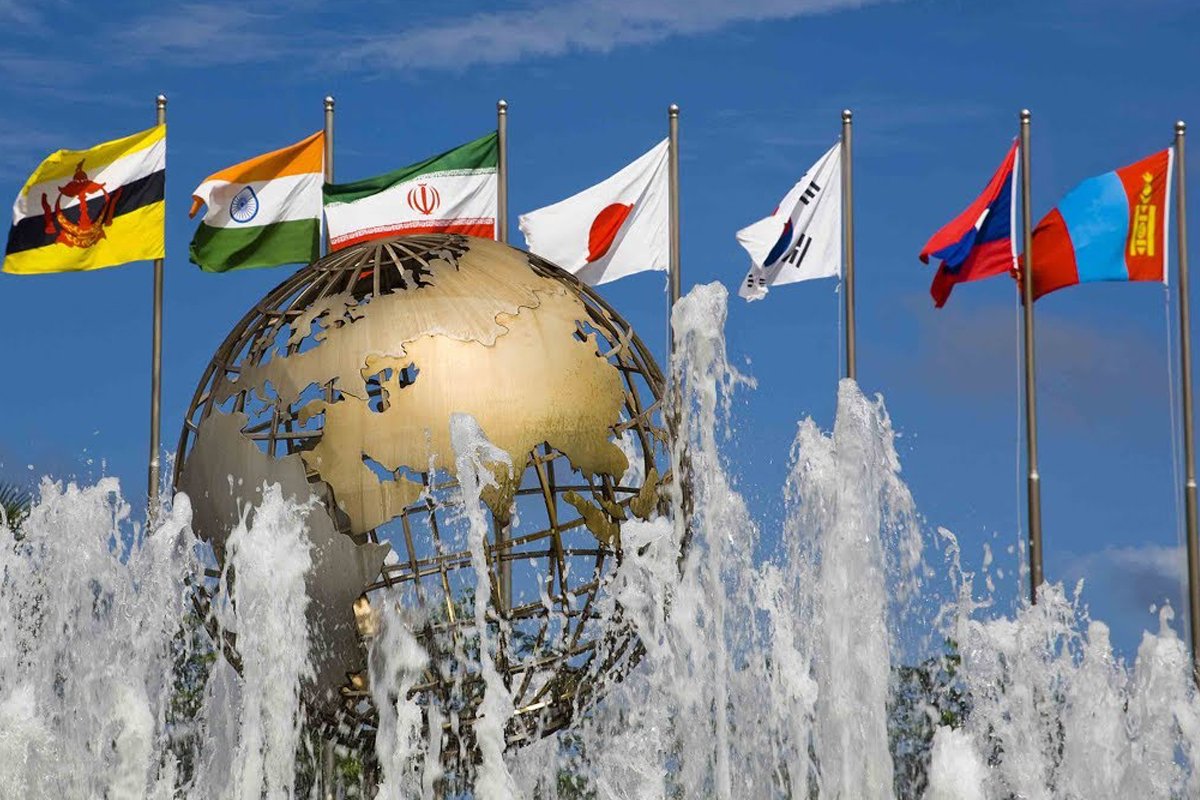
The United Strength of Asia
Asia has always had the potential of being the top region in the world. Home to 48 countries, it’s renowned for its diverse culture, massive population, and its vast resources. But despite having all this to offer, Asia still falls short in many ways behind North America and the European Union. What could be preventing the region from reaching its full potential? Is it the inability to put aside past and present conflicts and unite towards a common goal?
India’s Prime Minister Narendra Modi and Japan’s former Prime Minister Yukio Hatoyama had in the past expressed their respective visions of what a unified Asia can bring to the table. Both believe that such a union would prove beneficial to everyone should it ever come to pass. With all the potential to be a world-changer, we once again echo the call for Asian countries to consider following in the footsteps of their Western counterparts by coming together and forming [a united Asia].
The concept of a united Asia isn’t unprecedented. In fact, history has shown that Asian countries have been able to work together countless times in the past. As far back as 982 AD, both China and Philippines were already doing business together, engaging in barter trading where goods from China were traded for goods from the Philippines. Korea also started out with a unified front with both the North and South working together prior to splitting up into two separate sovereignties. Its history even speaks of numerous dynasties where the country prospered as one nation prior to the Japanese occupation in 1910. Even Singapore and Malaysia – two countries who have no shortage of conflict – once co-existed in harmony, when Singapore was part of Malaysia’s 14 states in the mid 1960s.
Of course, there have also been more than a few hiccups which have hindered Asian countries from fully embracing the concept of a united front. There’s the infamous Sino-Japanese wars between China and Japan, and the Indian-Pakistani differences that run deep. There’s the conflict between North and South Korea that led to the Korean War, and China’s mercurial relationship with Taiwan and Hong Kong. Japan and the Philippines were also at odds during the Second World War when the former invaded the latter as it braced for the battles across the Pacific. The atrocities and implications of these conflicts are still brought up today, if not alive and well, and remain relevant to many specially those who witness(ed) them firsthand.
The Road to a Unified Asia
The road to a unified Asia may not be easy, but it’s not impossible. To make this union a reality, changes must be made, particularly in how each country thinks. Right now, many Asian countries perceive themselves as separate regional entities. One way to change that is by having a country powerful enough take charge and assume a leadership role. Currently, that distinction belongs to China, being the top economic power in the region. Apart from having an abundance of all imaginable resources, it also has the military capabilities to support and defend its surrounding Asian countries – a cornerstone of any alliance.
A sense of pride must also be instilled among Asian countries, a regional pride, if you will. The Japanese did this best when they turned their economy around after World War II by instilling a sense of nationalism among citizens. Asian nations, however, must pursue a brand of nationalism with a collaborative spirit. Developed countries with strong economies should support the region’s emerging countries more than they’re already doing now, and realize that together they can reach greater heights.
The concept of a united Asia may be a far-fetched dream for some, but recent events have shown that if there is a time to pull the trigger, the best time is now. Just recently, North and South Korea came to an accord after decades of conflict. That act alone is proof that unity among Asian countries – even those who were previously at war – is possible. And with the West dealing with the impact of their own political upheavals (Brexit, Donald Trump’s America), Asia is now in prime position to inch its way up as the top region in the world – little by little, industry by industry. Can you imagine the economic gains? The infrastructure possibilities? China’s Belt and Road Initiative is just the tip of the iceberg.
A united Asia is a tall order – many must change the way they think, broaden their horizons, and embrace the idea that there is much power and prosperity in unity. So let’s ask ourselves: is this the future we want?




